Alfa Romeo Giulia TZ
by Martin Übelher & Patrick Dasse
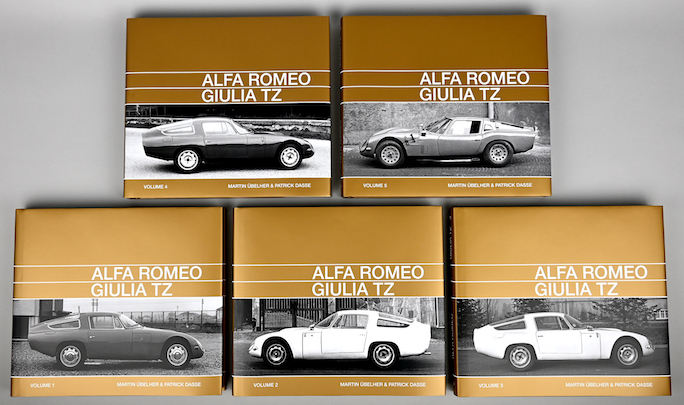
(English / German) Ding-ding-ding, the prize goes to Dingwort Verlag (Publishing, to non-Germans)! Once again Dingwort chief Patrick Dasse has raised the bar, this time with a pentalogy, a five-book set about one single, rare Alfa Romeo model, the Tubolare Zagato versions 1 and 2 of which not even 130 were built 1963–1967.
Since these cars have a great competition history, anyone with motorsports interests will find here drivers and events that are relevant to other contexts.
 So, grab your brief(book)case by the nifty handle, and off we go to work! Work, because these books are not coffee table fluff but are serious, fact- and data-driven, and brimming with things you will not/could not have seen and/or may not have known before.
So, grab your brief(book)case by the nifty handle, and off we go to work! Work, because these books are not coffee table fluff but are serious, fact- and data-driven, and brimming with things you will not/could not have seen and/or may not have known before.
The authors have done the heavy lifting for you, all you need to do is look sharp, or rather sharply—for instance, if you saw at a glance that the cover cars are all different, you’ll do fine. Speaking of lifting, torque your wrists to just over 16 pounds.
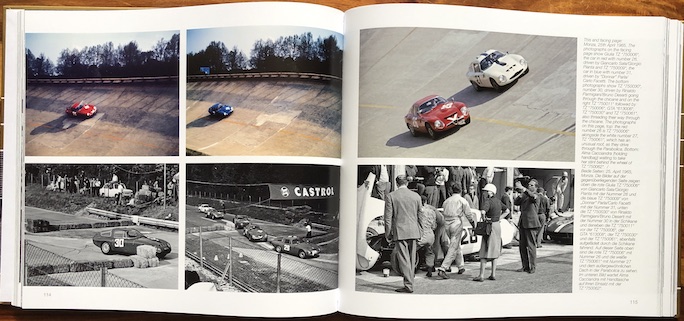
Two examples just to show that anyone with an interest in motorsports or an eye for candids would find this book appealing:
(Bottom right) You’ve heard of drivers in the olden days wearing only shirts and bowties. How about a skirt and handbag? This is Alma Cacciandra Bordoni waiting to take the wheel of her own car for a stint at the 1965 1000 km di Monza.
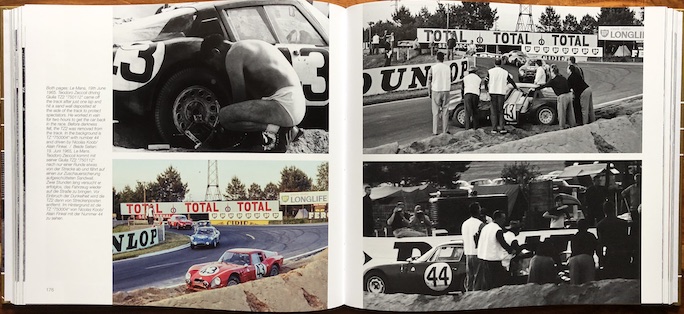
(Top left) Something you don’t see every day: driver Teodoro Zeccoli has obviously worked up a sweat, and dropped trou unbeaching his car from a sandbank. He gave up after 2 hours and called in reinforcements, resulting in disqualification from the 1965 24 Hours of Le Mans.
The combination of author name/s and subject matter will be familiar to Alfa Romeo folk because of their 2018 cooperation on Alfa Romeo Tipo 33 / 1967 and before that on their epic 2012 overhaul/reimagination of Tony Adriaensens’ most unusual Alleggerita. Moreover, the TZ book covers immediately make a visual connection to another set of Alfa Romeo books by Dasse, numbering eight by now, the Tipo 105 series, because all these models are contemporaries, are conceptually related, and share parts. Just imagine what having 14 similar-looking books on the shelf—a good foot and a half—would do for your bragging rights . . .
But, there are more important reasons to want these books, namely and particularly something they all have in common: heretofore unpublished archival material courtesy of Dasse’s relationship with Dr. Marco Fazio, director of Alfa Romeo’s Centro Documentazione. Already the first book in the series, Arese, seemed to hint at a bottomless barrel of photos and documents and the interesting thing about them is not that they exist at all but that they were never properly filed, ergo remained overlooked. It is not clear to what extent these archival materials were annotated in period, but even if they had been, it would be a monumental task for Übelher/Dasse to verify the data and to weed out inevitable errors. Analyzing the photo credits reveals that only maybe a fifth of the ca. 1700 visuals in these 1500 pages are from Alfa Romeo, the rest is from a variety of period sources, of which only a small number is not specifically attributable and state only “collection of” as a source.
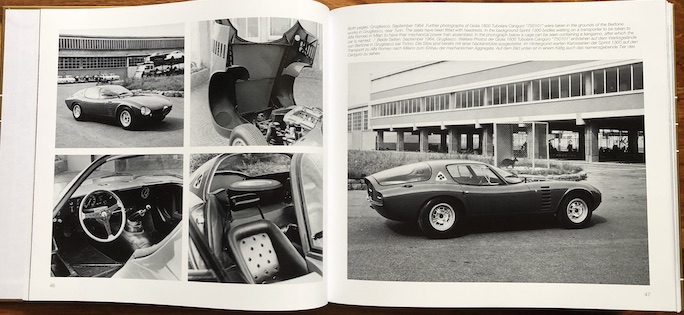
This is the 1964 Canguro show car at Bertone’s shop. So, how many kangaroos do you see? Look at the right-hand page. Surely not PC these days! (That is an actual live kangaroo in a cage.)
Also, test your car design knowledge: while this one did not go into production, how many other cars can you see in this Giugiaro design?
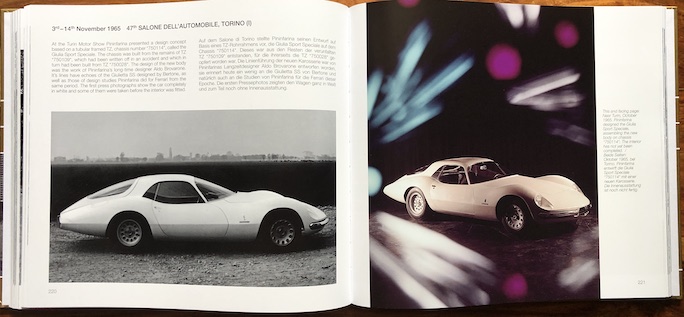
And speaking of show cars: wasn’t this 1965 Pininfarina a looker? The press didn’t think so, calling it less modern and less sporty than the Canguro from the year before.
Each book is roughly 300 pages; they are not available individually (and share the same ISBN) so we will review them as a set, and refer to them in the singular.
The book has been in the making for most of a decade. Right from the start, i.e. the Foreword, it sets a brisk pace. Written by Übelher it answers all the questions a curious reader would have about the how and why and who behind it. If all you have on the shelf is Vito Witting da Prato’s 2017 book Alfa Romeo TZ-TZ2: Born to Win (Giorgio Nada Editore) you will see here a level of magnification of an entirely different order.
As in the earlier books, at the core are extensively captioned photos although here there is quite a bit more introductory or summary text. Vols I and II detail the development of the Giulia TZ and the racing history of the works cars. Both aspects are well illustrated, especially the former which will show, for instance, components and assemblies from various angles. The photo captions in this part of the book are enormously detailed, calling out nano detail that even a TZ aficionado might have missed. It is obvious but bears spelling out: it’s one thing for an author to write about “stuff,” even fact-based historical events; the narrative/interpretative process itself can hide ambiguities, omissions, even mistakes. But a photo leaves no wiggle room: car x and driver y at event z in 19_ _ doing _ _ _ _. Or, this part goes here and does that. You’re either right, or wrong. And the evidence is right in front of everyone’s eyes.
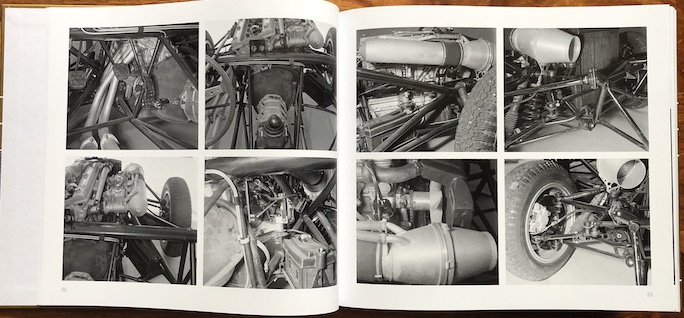
Some readers’ eyes will glaze over with boredom, others’ blaze with excitement.
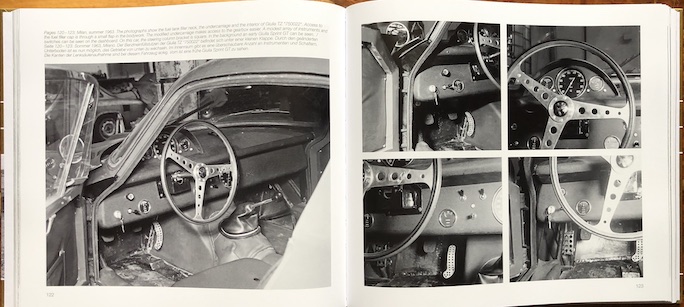
Beginning with Vol III and running through IV and most of V, the book takes on an entirely different character and becomes basically a run-on list in year, and within that, chassis number order. It is a complete registry of all TZs built, and for lack of a better way of saying it, has limited entertainment value and is primarily intended “to correctly assign the specific cars to the many racing entries.” Our earlier reference to “work” comes into play here because the reader who will most benefit from this data is the historian/researcher. The whole panoply of caveats applies re. data fidelity or even availability—it can only be as complete as the source material allows. Also, realize that owner information (including registration numbers) and race participation (date, event, location, race number, VIN, registration number, driver/team, notes) is in list form, not narrative. Cars that were exclusively used as private road transportation will have the shortest entries and generally no photos whereas show cars/prototypes and racers have the most coverage, sometimes spanning pages. The captions of the photos in this portion of the book mainly consist of strings of data and call out no features of cars or identify people other than the drivers, leaving it to the reader to make their own observations.
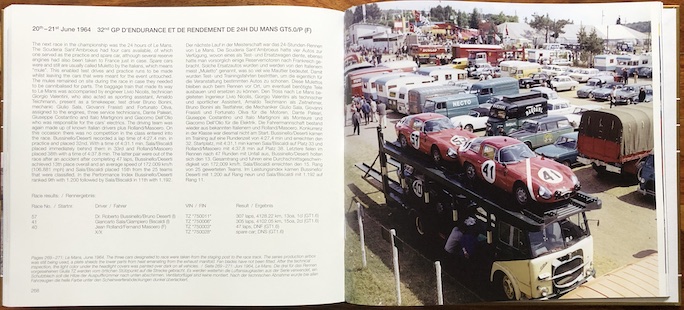
Photos like this take more time to fully parse than pages of text. The left-hand page shows how race results are displayed. Some of the events (hill climbs, sprints) will be utterly obscure to international readers but that’s just one more reason why this book moves the needle.
About half of Vol. V is a multi-part Appendix containing facsimiles of various contemporary documents such as a dimensioned TZ drawing, homologation forms for several years (incl. supplements), technical bulletins (a very few of them have annotations in English but all the docs are of course in Italian), spec sheets, sample pages from the spare parts catalog, a 2nd-edition user manual (incl. a b/w wiring diagram), and a few items of correspondence. Just to say it once more, the casual reader will find all this rather perplexing if not taxing. In that regard, it is all the more brave that a publisher can see the service to history of his book even if there is no clear business case. If a book is a tool for a job, this book is a precision instrument. The right sort of reader will see it as the landmark achievement it is.
Obviously, a TZ owner must have this book. If you don’t have one you’ll need to get creative finding an excuse for spending €349 so that incredulous spouses don’t call a sanity hearing. But, hey, don’t think of it as “spending” but “investing” because one day the laws of supply and demand will swing in your favor.
If TZs are now your dream car, do churn the Interweb for Zagato’s one-off 2022 Giulia TZ tribute car . . .
Copyright 2023, Sabu Advani (Speedreaders.info)
Alfa Romeo Giulia TZ
by Martin Übelher & Patrick Dasse
Dingwort Verlag, 2023
1500 pages, 1251 b/w & 299 color photos, 139 period docs, custom box
List Price: €349
ISBN 13: 978-3-87166-086-3
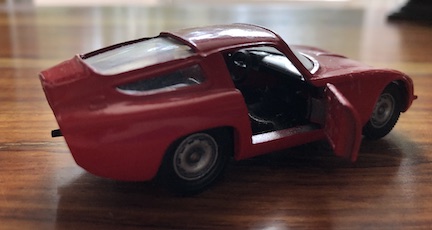 Anyone interested in acquiring a 1/45 (not 1/43 as often misrepresented) diecast model by Verem of France in mint as-new condition but no box, contact info@speedreaders.info for a quote. US shipping only. From a top-notch collection (rubber tires were conditioned every few years to keep them soft!). Body unbolts from chassis, doors open. Model #148.
Anyone interested in acquiring a 1/45 (not 1/43 as often misrepresented) diecast model by Verem of France in mint as-new condition but no box, contact info@speedreaders.info for a quote. US shipping only. From a top-notch collection (rubber tires were conditioned every few years to keep them soft!). Body unbolts from chassis, doors open. Model #148.


 RSS Feed - Comments
RSS Feed - Comments
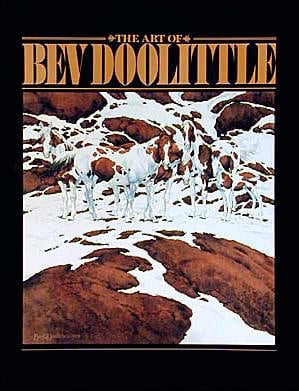
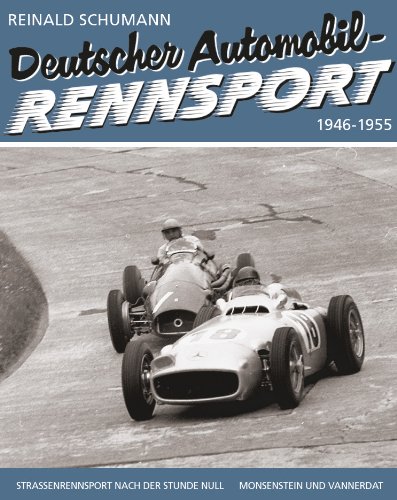
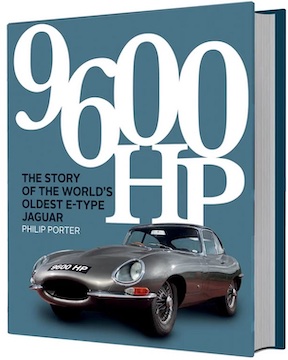
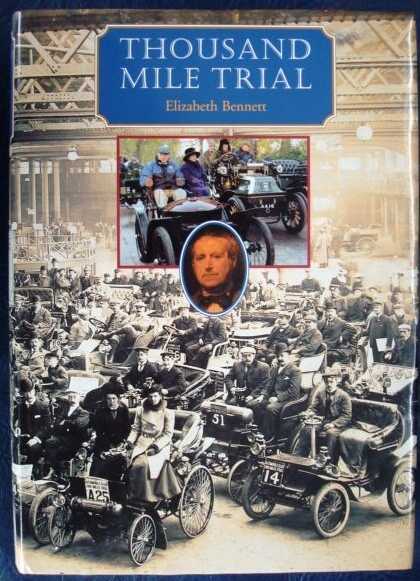
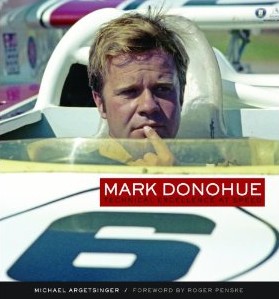


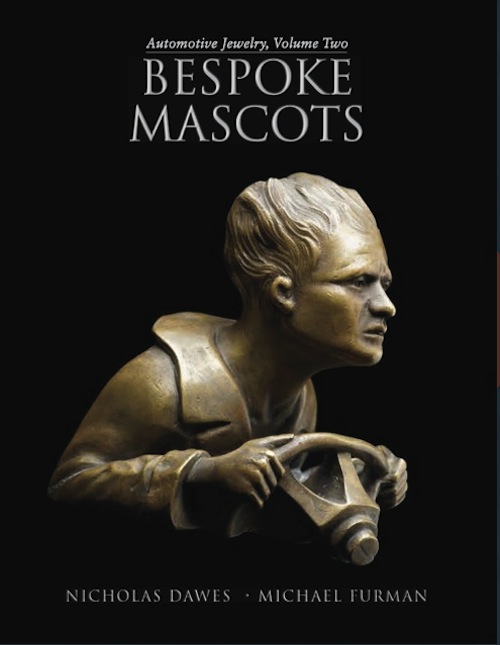

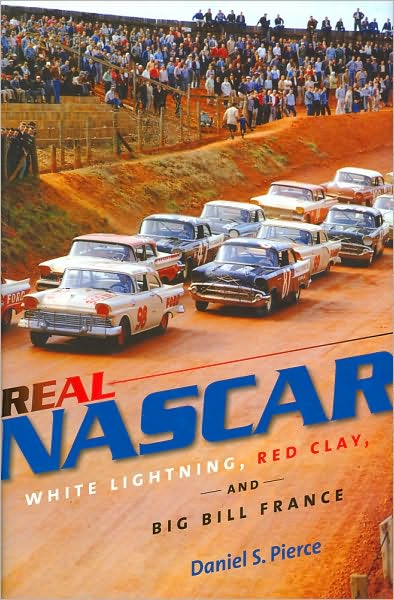

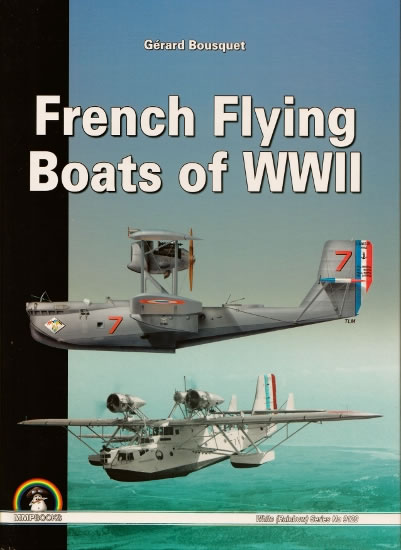

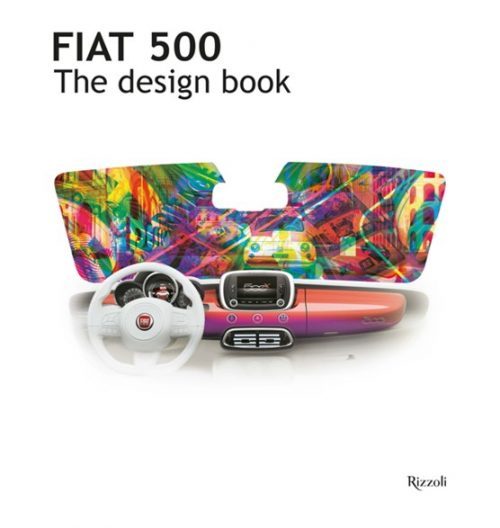

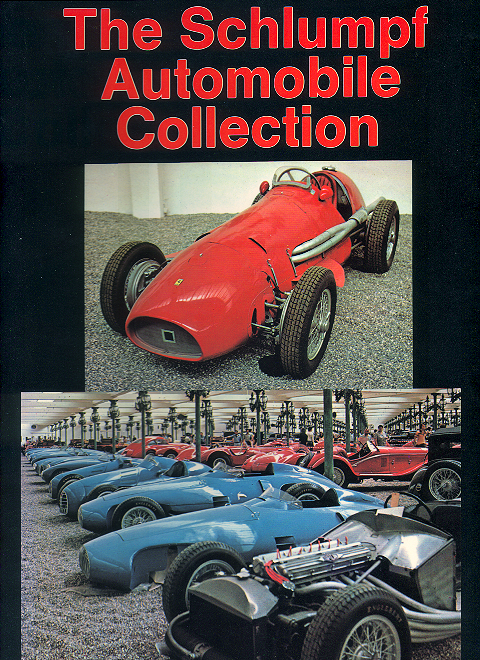
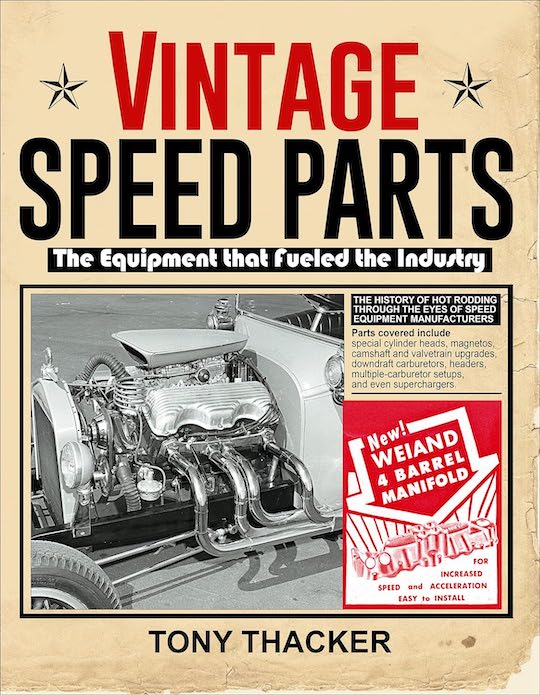
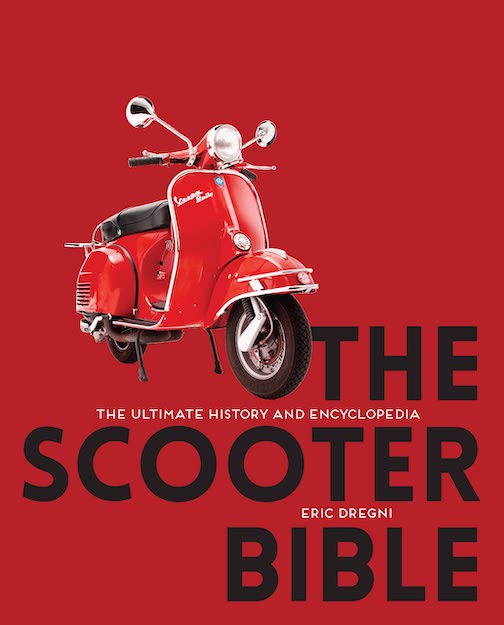
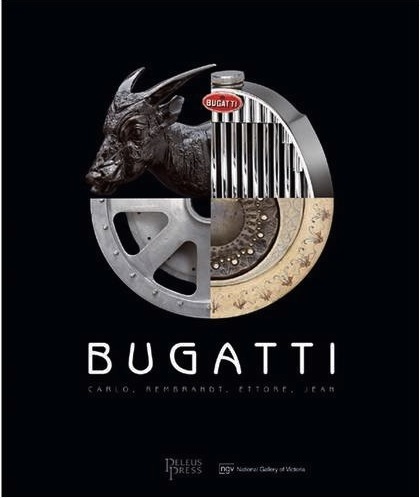
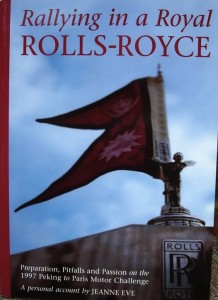
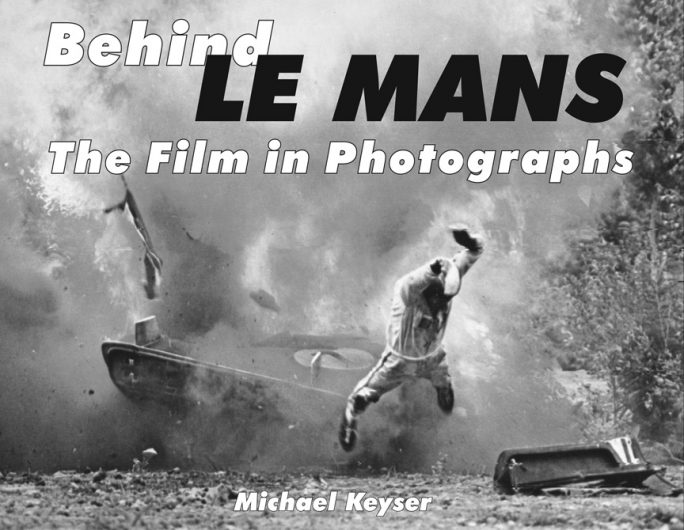
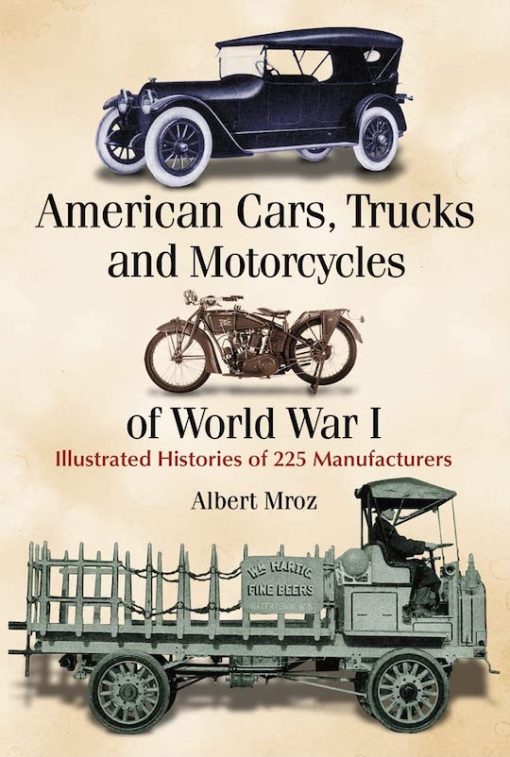

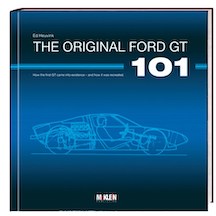



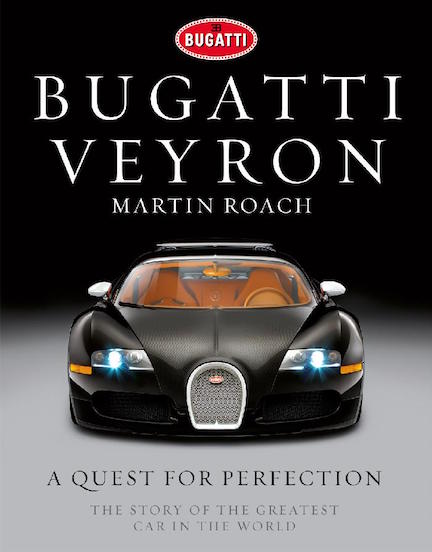
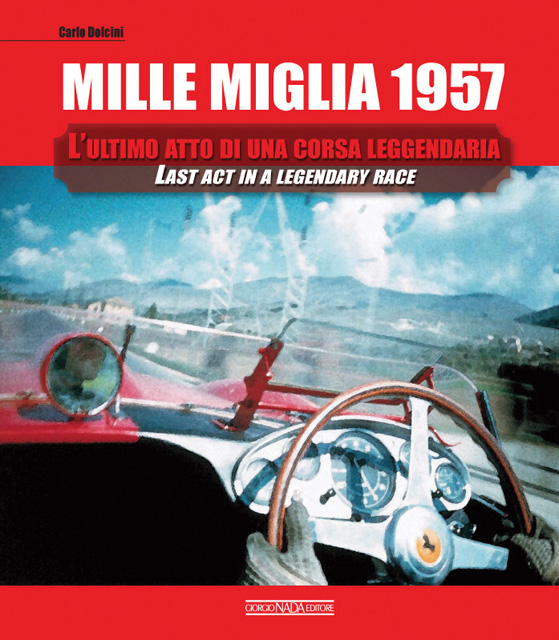
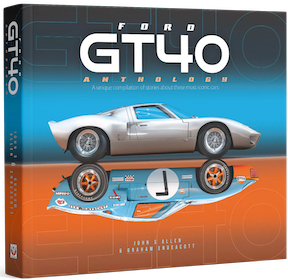
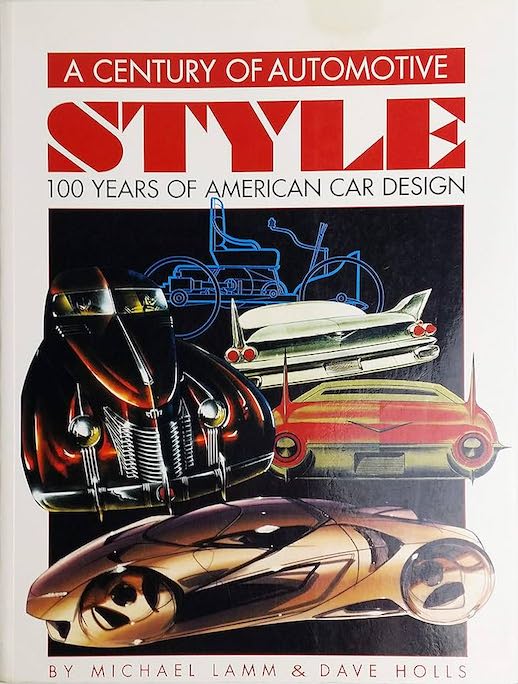
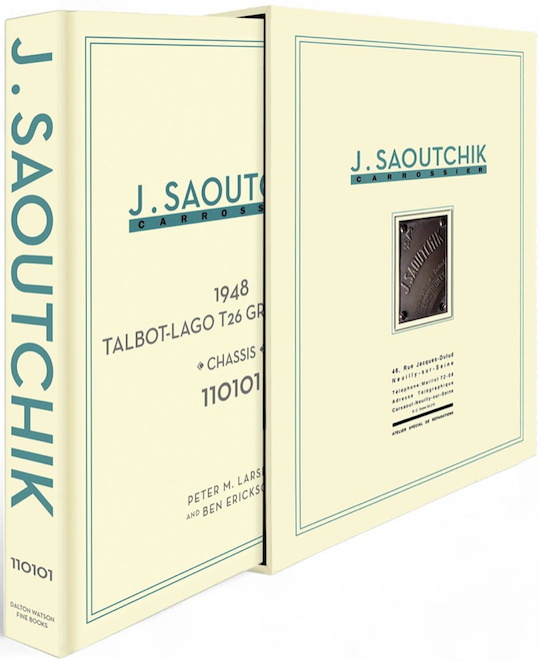
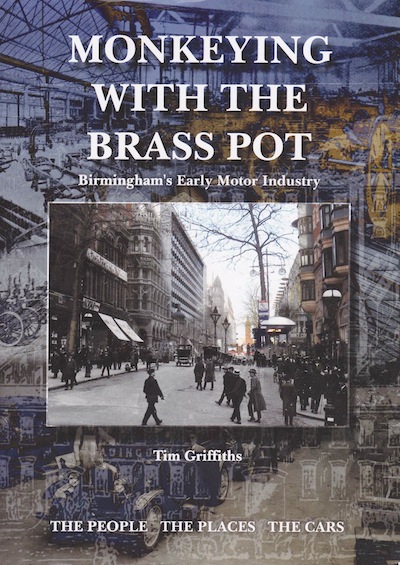


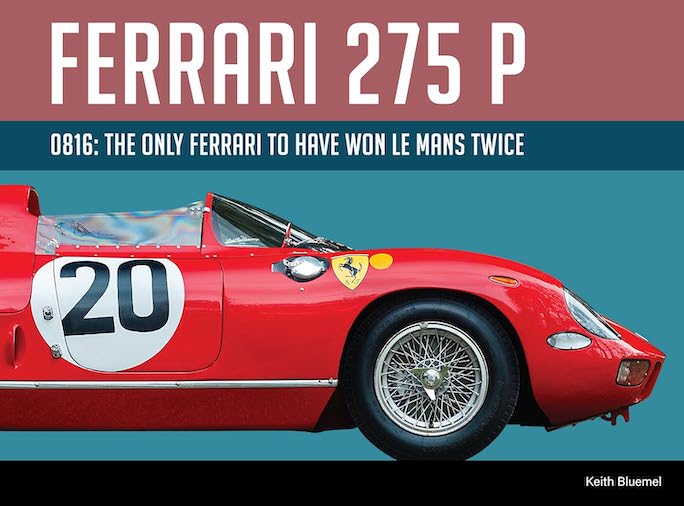
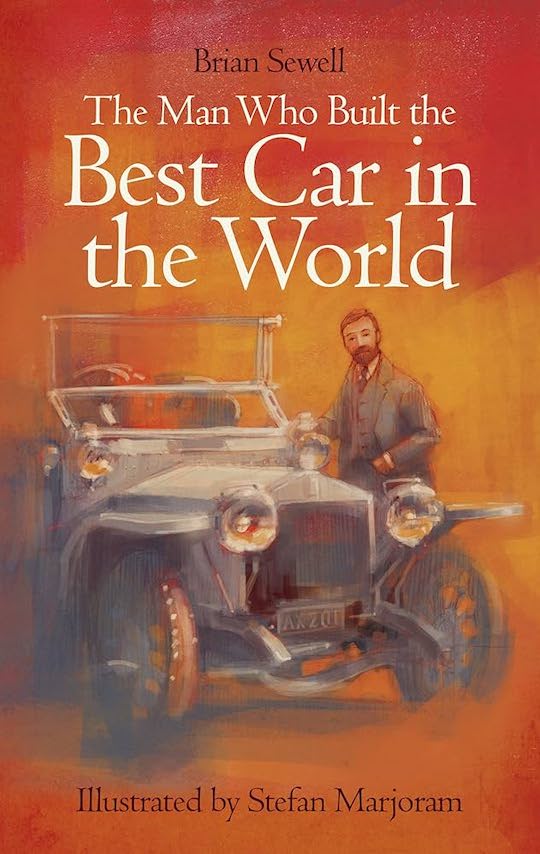

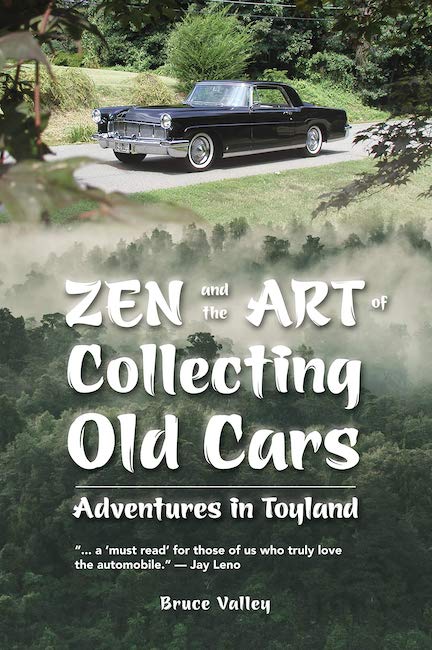
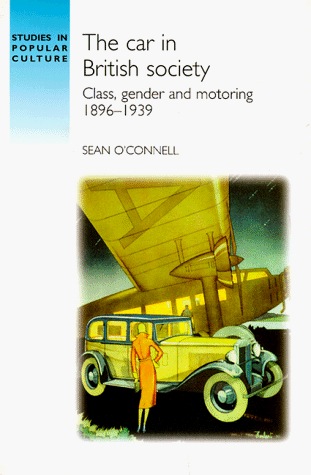
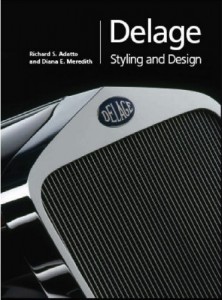

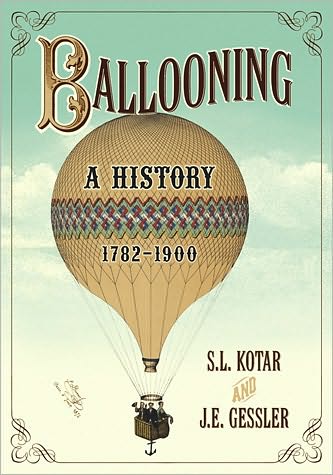
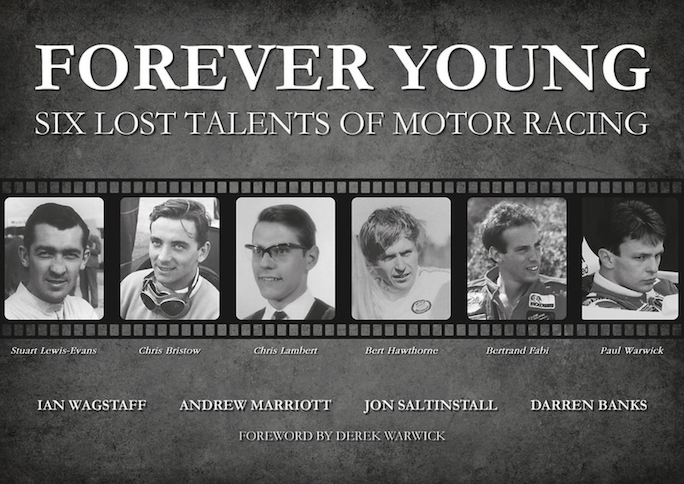
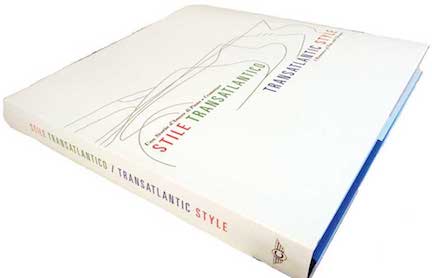


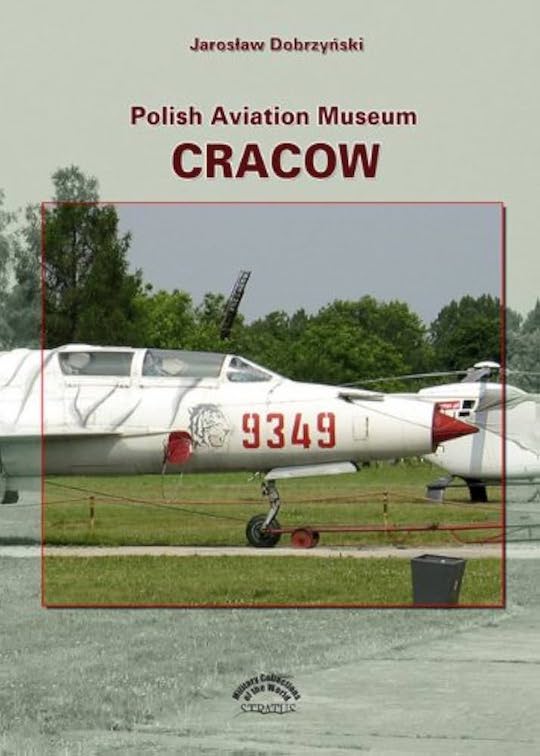
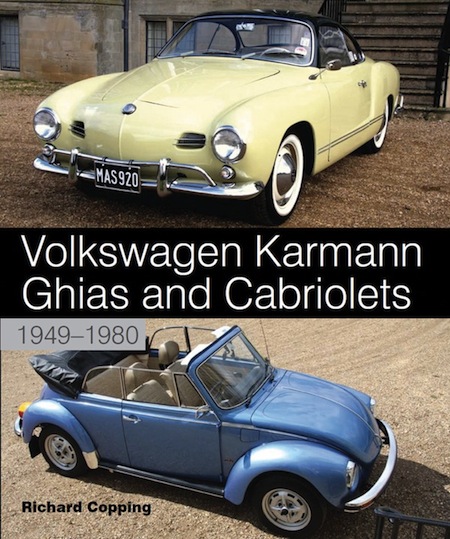
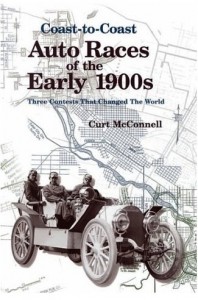
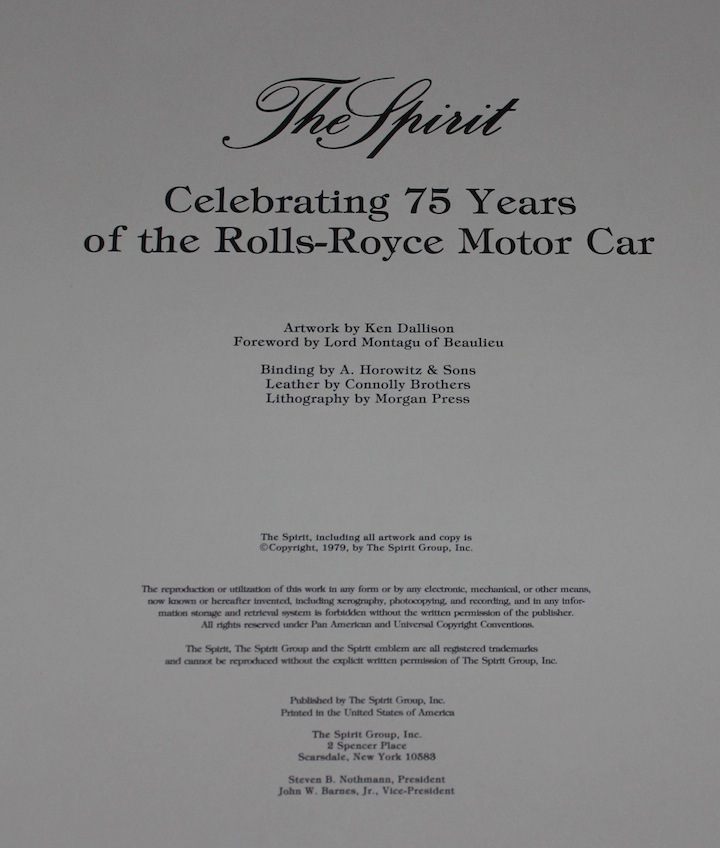
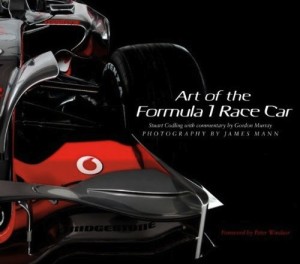



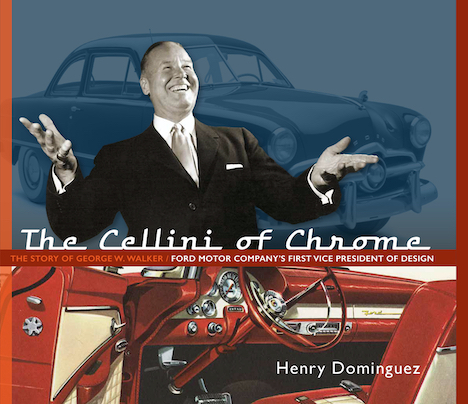

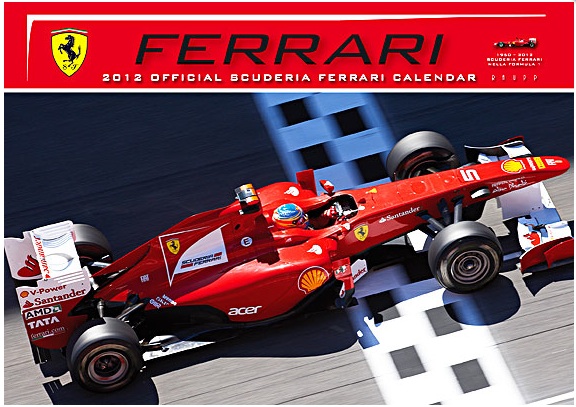


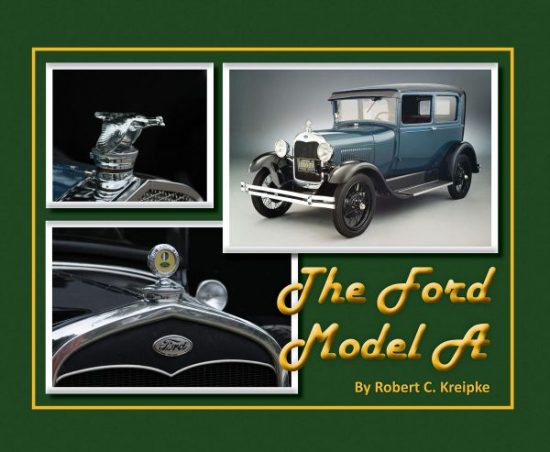
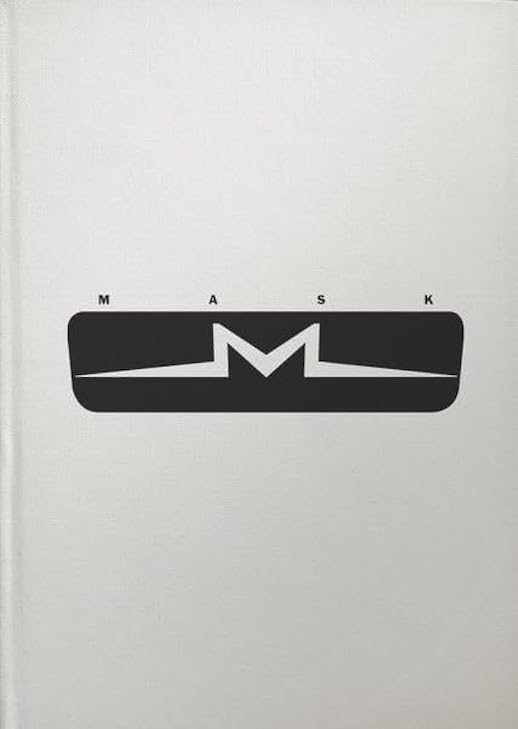
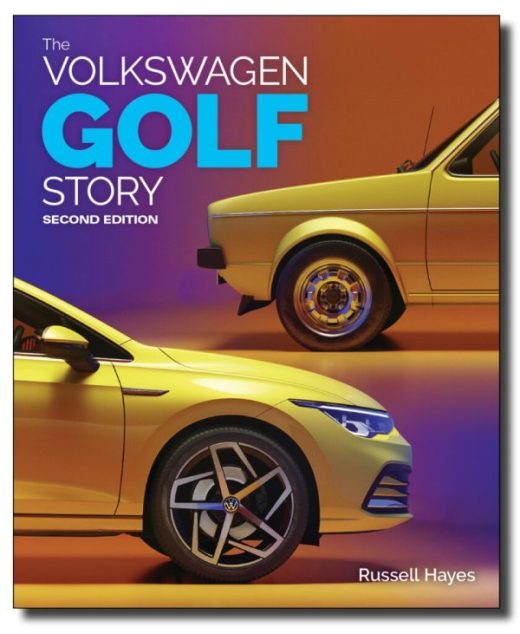
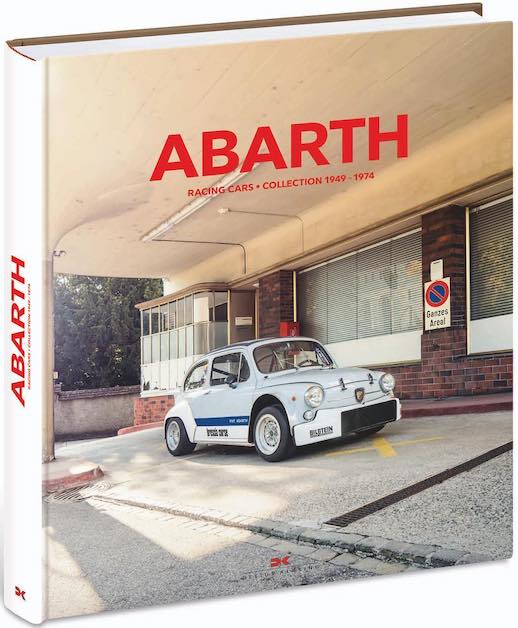

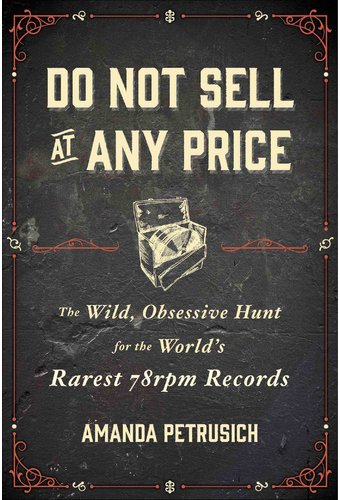




 Phone / Mail / Email
Phone / Mail / Email RSS Feed
RSS Feed Facebook
Facebook Twitter
Twitter